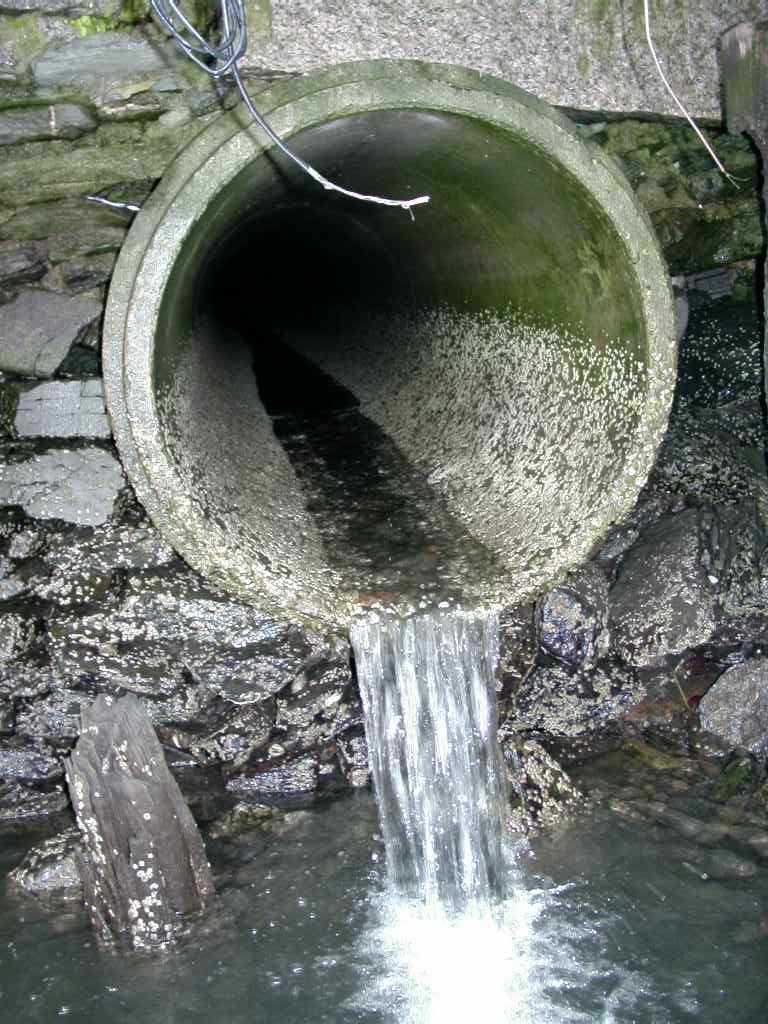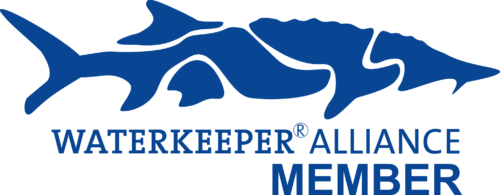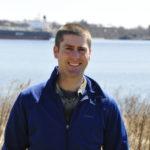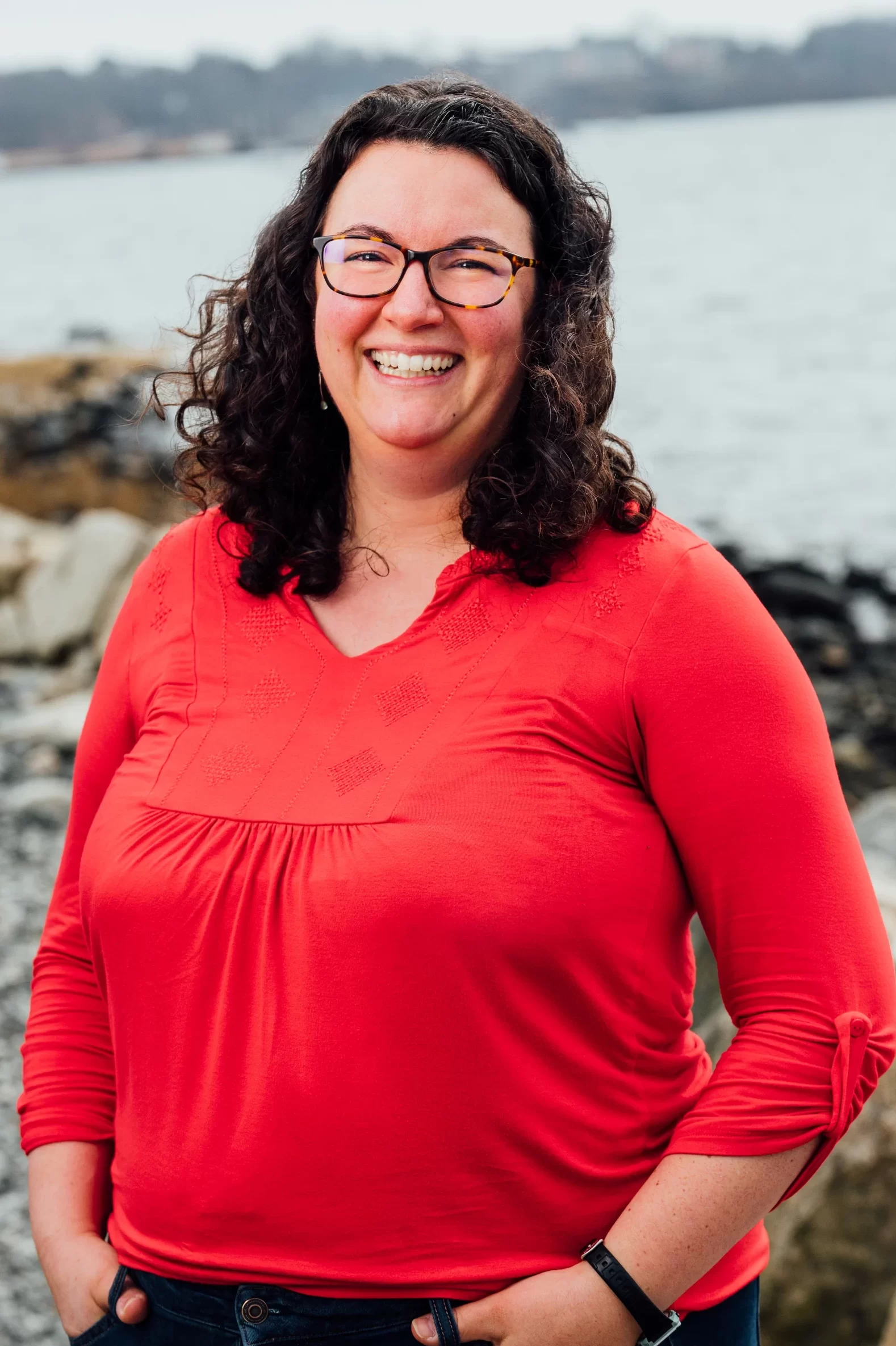Wastewater Treatment and Disposal
How Wastewater is Treated
-

Stormdrains often lead straight to the water, without treating pollution or bacteria. Municipal or regional wastewater facilities remove or reduce pollution before discharging the treated wastewater through a pipe into the Bay or local rivers. Wastewater treatment facilities are required to remove most of the bacteria, metals, and nutrients (nitrogen and phosphorus).
- Septic systems are “on site” facilities that provide treatment of wastewater from homes and businesses that aren’t served by large, central wastewater treatment facilities.
- Cesspools are basically lined holes in the ground that collect household wastewater, without treating or removing bacteria or nutrients, and contaminate groundwater, drinking water and coastal areas. In 2016, when we successfully fought for cesspool phase-out legislation, 25,000 cesspools remained in Rhode Island.
- Stormdrains often lead straight to local waterways, without any treatment.
Local Wastewater Treatment Facilities
For decades, Save The Bay has advocated for the construction and upgrade of wastewater treatment plants to reduce bacteria and nutrient pollution in Narragansett Bay. Currently 35 publicly-owned wastewater treatment facilities in Rhode Island and 16 in Massachusetts. discharge into the Narragansett Bay watershed. The four largest plants are the Narragansett Bay Commission facilities at Fields Point (Providence) and Bucklin Point (East Providence), the Upper Blackstone Water Pollution Abatement District (UBWPAD) facility in Worcester, MA, and the Brockton Advanced Water Reclamation Facility in Brockton, MA.
Clean Water Act of 1972 and Save The Bay Advocacy
The enactment of the federal Clean Water Act in 1972 empowered the Environmental Protection Agency (EPA) with regulating wastewater pollution. In 1982, in the midst of an onslaught of toxic materials coming from sewage treatment, Save The Bay published “The Good, The Bad, and The Ugly” to focus attention on the still large amounts of suspended solids, chlorine and toxic metals coming from wastewater treatment plants. We have championed the cleanup of Narragansett Bay by advocating—through public campaigns, legislation, bond referenda, and legal action—for the construction and upgrade of wastewater treatment plants and septic systems, elimination of cesspools, and investments in stormwater control projects. Pollution, especially in urban waters, has been greatly reduced but we have a long way to go.





